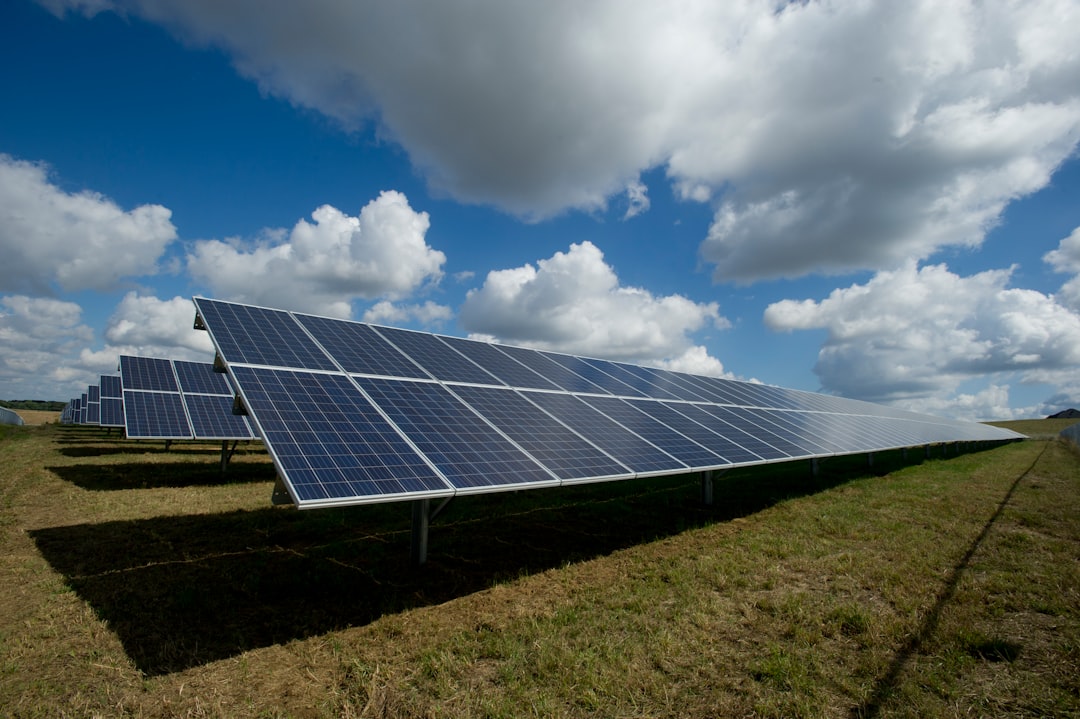What is it about?
The dynamic thermal characteristics of envelopes strongly impact the thermal performance of buildings. Among these dynamic characteristics, the effective heat capacity is a particularly relevant parameter. Current methods for calculating the effective heat capacity of a building element require knowledge of its thermo-physical properties. Yet, the materials used in construction are often heterogeneous and their thermo-physical properties are not accurately known. In this paper, a new method for experimentally measuring the effective heat capacity of a wall element is presented. To do so, an analytical model based on the thermal quadrupole method, where the required inputs are the boundary conditions only is first developed. The wall element can be heterogeneous and has to be symmetrical. Then, experimentally, the wall element is placed under sinusoidal boundary conditions in a climatic chamber. The measures of the parietal temperatures and fluxes are used as inputs in the analytical model, and the calculation is performed. The method is applied to the experimental measurement of the effective heat capacity of a clay hollow brick. Its thermal characteristics – particularly the air alveoli – are not easily known, and vary under unsteady conditions. The method is therefore a powerful tool to calculate the effective heat capacity of a symmetrical heterogeneous material.
Featured Image
Read the Original
This page is a summary of: A new procedure for the experimental measurement of the effective heat capacity of wall elements, Energy and Buildings, September 2015, Elsevier,
DOI: 10.1016/j.enbuild.2015.05.054.
You can read the full text:
Contributors
The following have contributed to this page










